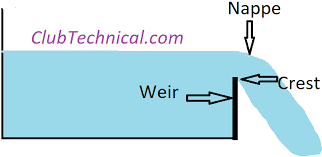Samuli Naamanka, Interior Architect, inventor and founding father of Graphic Concrete, became interested in concrete as a building material when working on a factory extension project in the late 1990’s. At that point, Naamanka was still unfamiliar with concrete and its properties. In order to learn more, he enrolled in a course on concrete applications at the Helsinki University of Art and Design (UIAH) in 1996. The aim of the course was to examine new look of concrete, and the outcome was a design for the Pikku Huopalahti Concrete Park in Helsinki. At UIAH he further studied the aesthetic values of concrete as a facade material and how to treat the concrete surface in an industrially viable way. This resulted in a new method of creating patterned concrete surfaces, Graphic Concrete, which was the subject of his final thesis.
This newfound technology was a special paper used in precast concrete production. The desired pattern or image was to be printed as pre-defined points with a conventional printing technology, using surface retarder. The pattern was created on the concrete slab surface as a result of the contrast between the fairfaced and exposed fine aggregate surfaces, the image being only a few millimeters deep. The method, patented in February 1999 as Graphic Concrete, became the auxiliary business name of the Naamanka owned design company Reseptori Ltd.
At the turn of the millennium, a product development project was launched together with leading concrete factories, paper manufacturers and printing laboratories. The project was financed by Finnish concrete companies and Tekes – the Finnish Funding Agency for Technology and Innovation. After the successful R&D project Samuli Naamanka, engineer Veli-Pekka Rydenfelt and D. Tech Risto Mannonen founded Graphic Concrete Ltd in 2003.
The inspiration behind the innovation was to create a real industrial product for large-scale surfaces, a tool with which architects could be more visually creative. A product for commercial, residential and public buildings; façades, walls, ground slabs and interior walls. A product even for environmental artwork or outdoor furniture. With all the advantages that comes with this inspiring method of making patterned concrete surfaces, Graphic Concrete is now a proven success, used by many renowned architects and featured in many stunning projects worldwide.
Youtube link
https://youtu.be/2ufwdlba2ZA



Comments
Post a Comment